60 Second Summary
As there are dozens of AI chatbots available, choosing the right one raises important questions: which can give you reliable answers, has long conversation memory, and provides speedy responses?
The answer isn't straightforward because different chatbots excel in different areas. For instance, while some AI tools like Claude can make conversations feel more natural and connected, others like Perplexity are specifically designed for deep research tasks. Meanwhile, Grok offers unfiltered suggestions and can engage in lengthy discussions about controversial topics.
So, which is the perfect AI chatbot for 2025? The truth is, there isn't one universal answer—it depends entirely on your specific needs.
Are you looking for help with marketing copy, or do you need an assistant for coding problems? Do you prioritize conversational context over response speed, or vice versa?
That's why we've created this comprehensive guide covering the top 13 AI chatbots (both free and paid), know their features, pros, and cons, to help you make the right choice for your business needs.
AI chatbots are software programs that use Natural language processing (NLP) and Machine learning capabilities to understand spoken and written human language.
These chatbots understand the intent of users and learn with time to phrase the best possible answers.
Initially, rule-based chatbots had limited functionalities and were trained to perform specific tasks only.
At the same time, AI chatbots have more advanced functionalities and can deliver a human-like conversational experience.
For businesses, chatbot is a game-changer to help them give faster replies to customers, save their time, proficient at handling multiple conversations at once, and enhance the customer experience.
Here are a few chatbots that businesses can try in 2025:
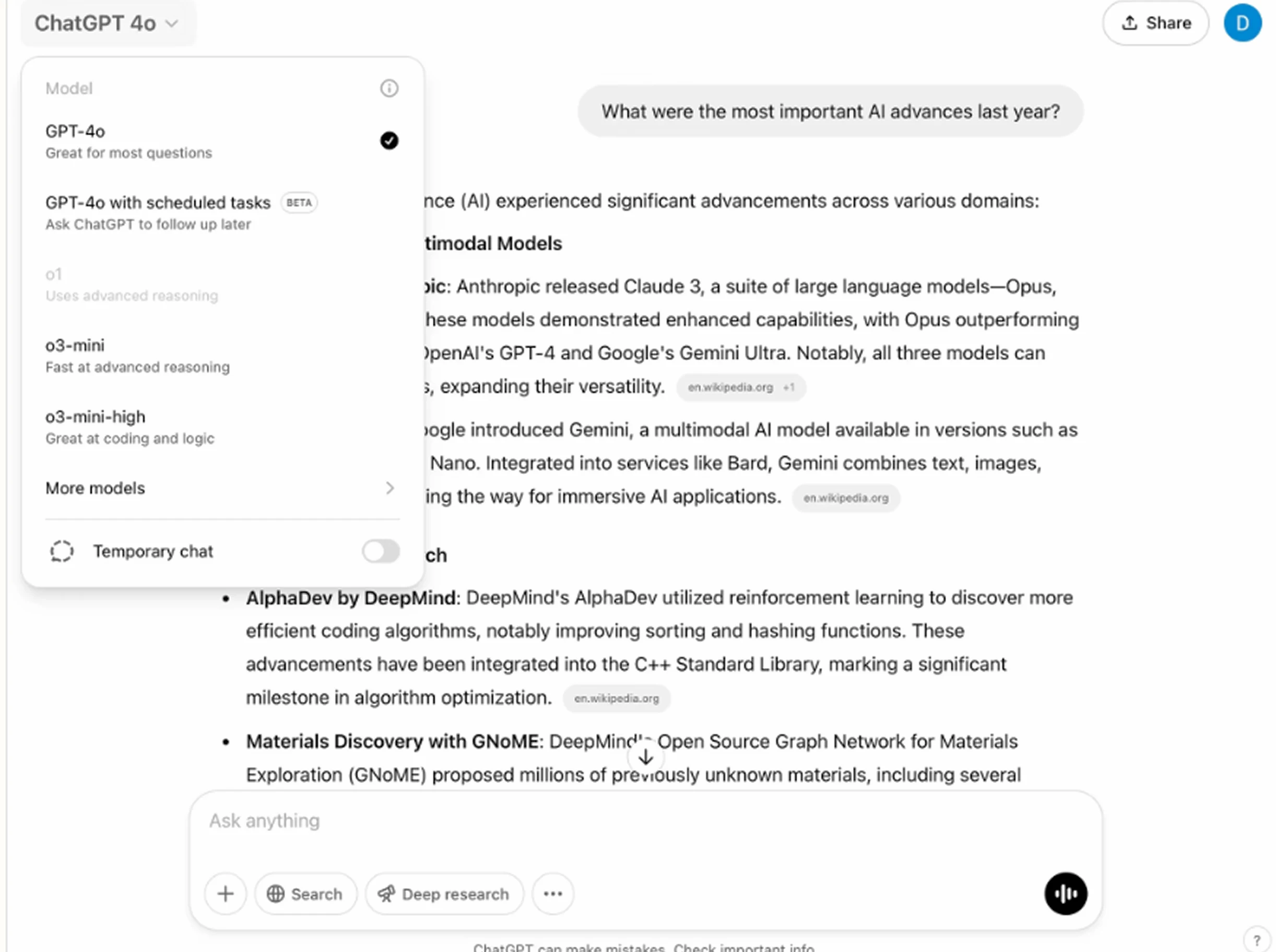
ChatGPT is an AI conversational chatbot developed by OpenAI to have human-like conversations. The language model is trained enough to perform various tasks such as composing essays, drafting emails, making creative stories, generating code, etc.
Unlike other chatbots, which follow predefined scripts, ChatGPT can adapt to any topic, can switch to a conversation, and can respond to any tone (humorous, quirky, serious, shocking).
This generative AI model is trained on massive datasets from various sources, such as Wikipedia, Twitter, thousands of websites, and Reddit.
Best part? It learns from past conversations, and you give it any role, a teacher, celebrity, or small business owner, it tries to wear the same hat to respond naturally and engagingly.
Let's say you've 100 different conversations to start, you can keep every chat separately. Plus, you can share the link of every conversation with others.
Pricing: ChatGPT is available for free, and you can use it for everyday tasks. GPT-4o powers the free version of ChatGPT.
However, it offers a paid plan to users called ChatGPT Plus, which costs $20 per month and gives you faster response times and priority access to recent upgrades. Upgrading to ChatGPT will unlock other AI capabilities in return for the monthly fee.
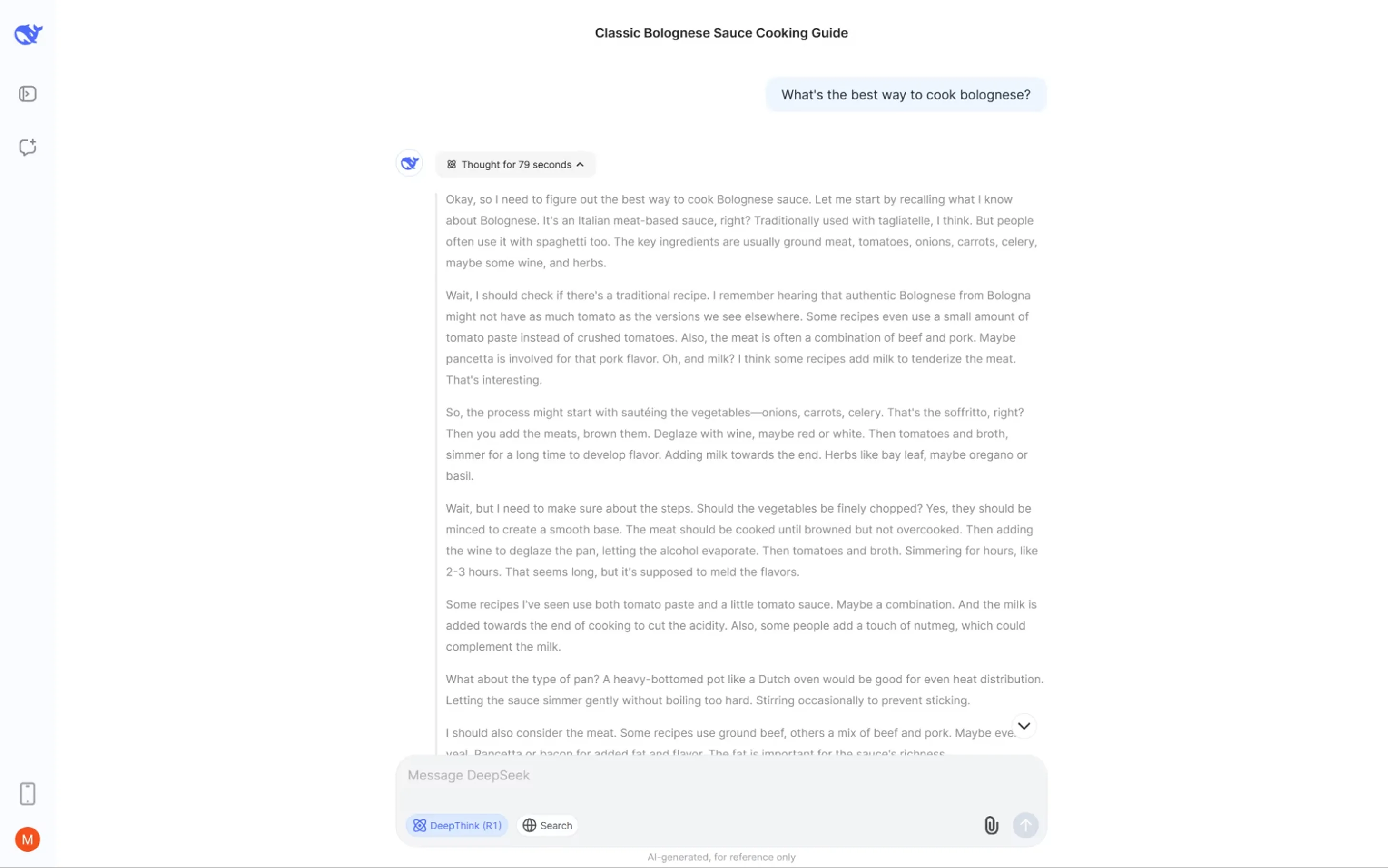
Another best chatbot platform that's similar to ChatGPT and worth trying in 2025 is DeepSeek. Just like ChatGPT, this is also an open-source model that helps users solve reasoning tasks such as coding, mathematics, and problem-solving.
You can access DeepSeek through the web, and you can download it on a local computer without running it on the web. Its R1 model is like ChatGPT's O1 model.
Unlike ChatGPT, which is suitable for text generation tasks, DeepSeek can turn the raw data into actionable insights. It's pretty good at tasks that involve data analysis.
Then, there's a DeepSeek platform allowing businesses and developers to integrate DeepSeek AI with other tools or apps.
Pricing: It's free currently.
Compared to other free AI chatbots, Claude AI makes the conversation feel more engaging and natural without sounding robotic.
Claude's Anthropic Sonnet Chatbot has a good context window length, meaning it can remember around 150,000 words per conversation. You can interact with this chatbot, ask questions, and upload PDFs.
Best part? Claude can help you with brainstorming, generating ideas, acting as a coding assistant, and solving problems. The cloud's fastest model is Haiku, which can handle high-performance and creative writing tasks.
The other version of Claude (Sonnet) excels in content creation and creative tasks. No matter how vague your idea is, it can quickly turn the question into a polished answer. Its strength mainly lies in generating long-form content, especially for complex projects.
Pricing: Claude offers a free plan for users, but it does have a subscription called Claude Pro, which is available at $20/month. The only limitation of the free plan is that the messaging limit is after every 5 hrs.
By subscribing to the Claude Pro version, you get -
Also Read - Difference between Bard and ChatGPT
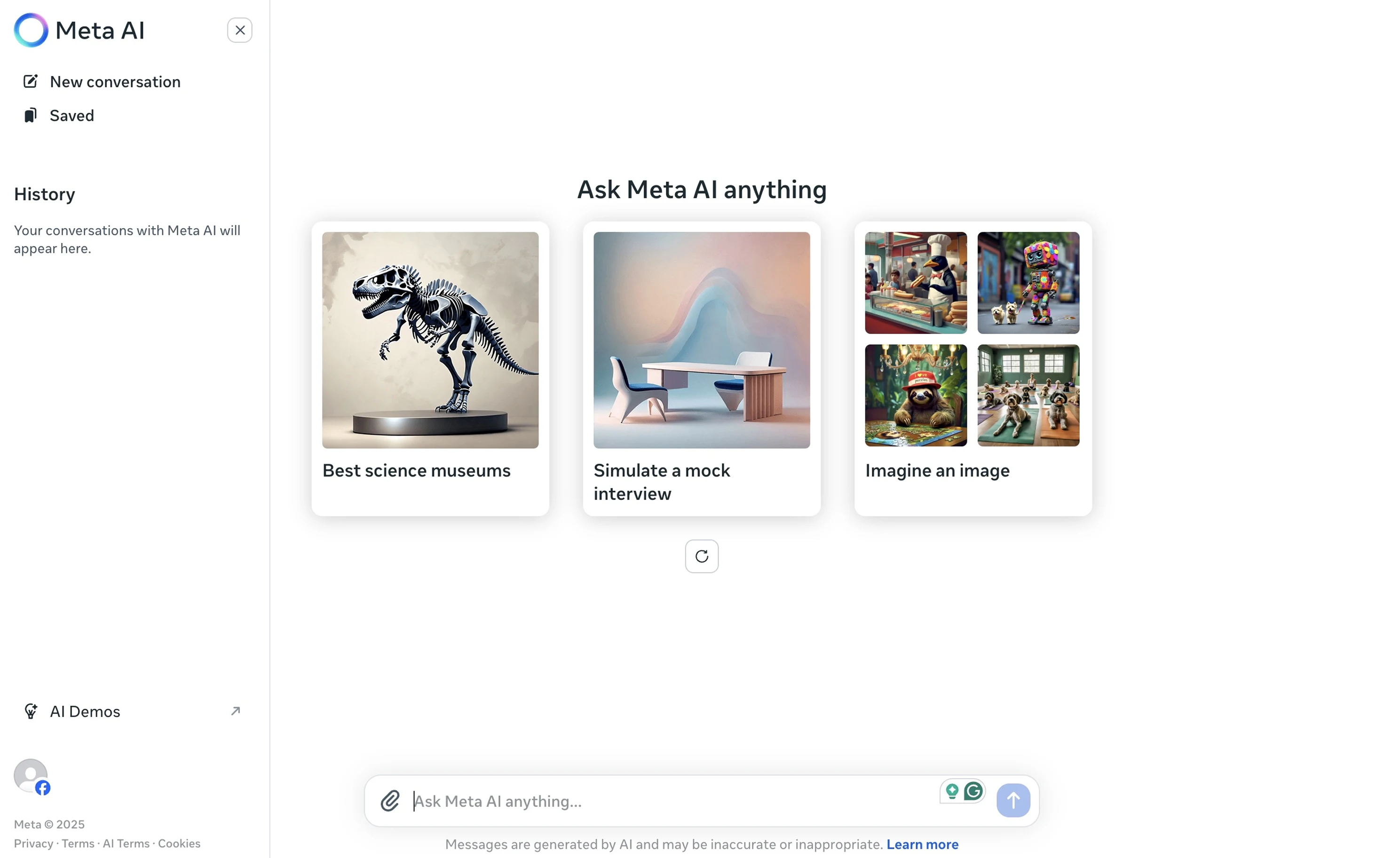
Meta launched a free AI chatbot called Meta AI available across platforms such as Messenger, WhatsApp, Facebook, Instagram, etc.
It's like a personalized AI assistant that knows more than you – ask it to create new stickers, help you reimagine your photo background, or create new images for your Instagram story. It's good for Q/A type tasks, but when it comes to creating short-form videos, it falls behind.
Though it can search the web, don’t expect it to interact with you the same way as ChatGPT or other LLMs do.
You can access Meta AI either by downloading its standalone app or by accessing it through the web (meta.ai).
Pricing: It's available for free
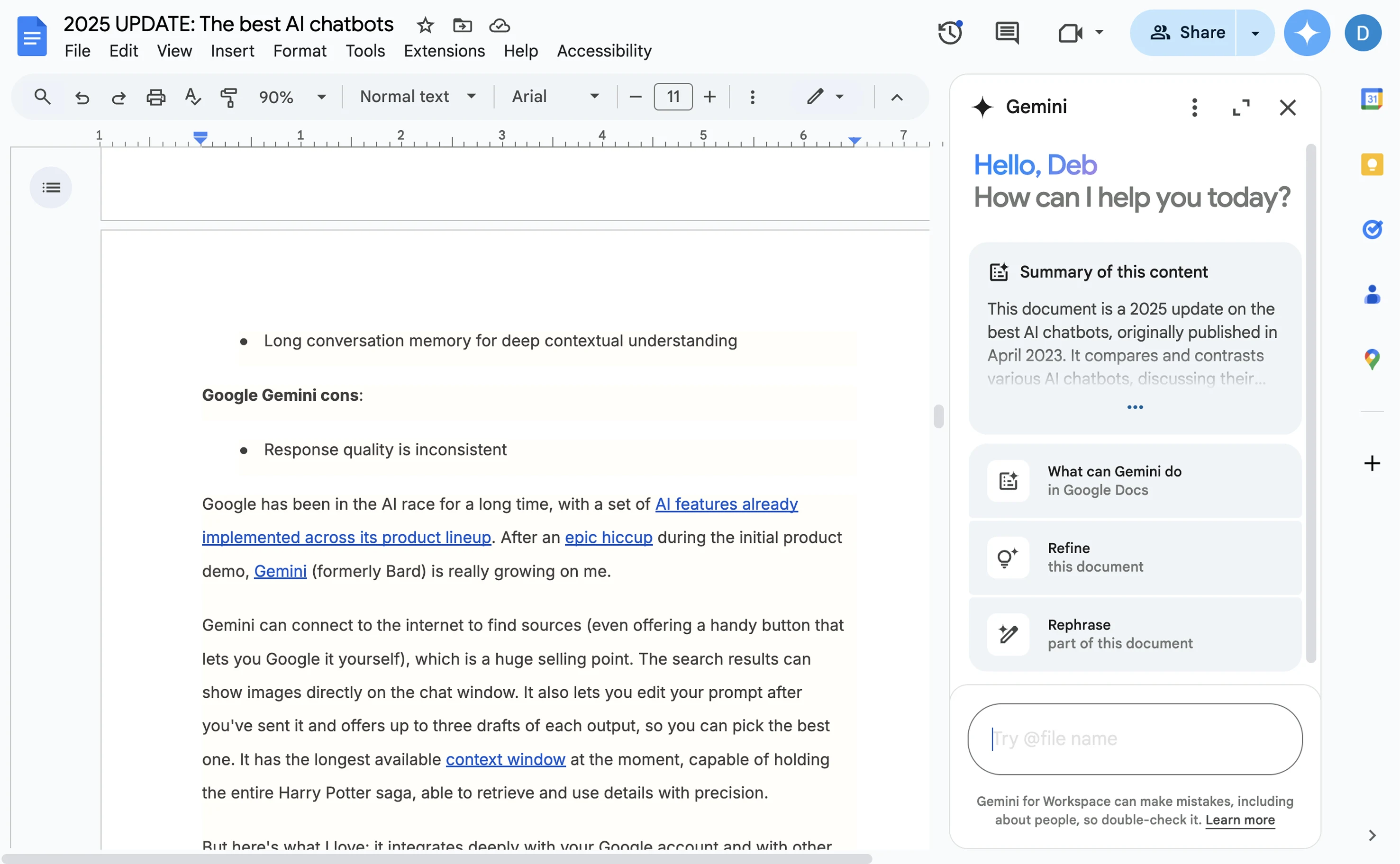
The research team at Google launched the most capable and largest AI model known as Gemini. Being a multimodal model, Gemini is trained on all next-generation capabilities, meaning it can digest images, audio, and video, and apply its reasoning skills to solve complex math and physics problems.
Through the Gemini chatbot, if you doubt the responses that the model generates, then you can run a quick Google search using the same interface.
Having a long context window (up to 1 million tokens), it can generate output in various combinations, such as text, images, audio, video, etc.
Best part? It's integrated with Google products (Gmail, Google Calendar, Google Maps, Google Drive), meaning you can ask the model to read your Gmail or summarize what Alex (your friend) has sent you. Gemini can do all the heavy lifting for you.
Pricing: Gemini is available for free usage, but its paid tier costs $20/month. It also has an AI-powered premium plan includes Google Advanced, Magic Editor in Google Photos, along with 2 TB cloud storage which starts a free trial for first month.
BOTSHOT developed an NLU-powered chatbot for 4 and 5 star properties to answer guest questions and provide them with related information such as FAQ and booking related details. It's like a 24*7 assistant for them that never gets burned out and frees up your staff from those basic questions.
Freddie, being one of the best chatbots for hospitality, has come with multilingual capabilities so that guests can get answers in their own language.
Best part? Freddie provides multi-channel support, meaning hoteliers can connect with guests across multiple touchpoints, including Facebook, Telegram, WhatsApp, and Slack.
Pricing – This AI chatbot isn’t free. It starts with the pricing range of Rs 7500.
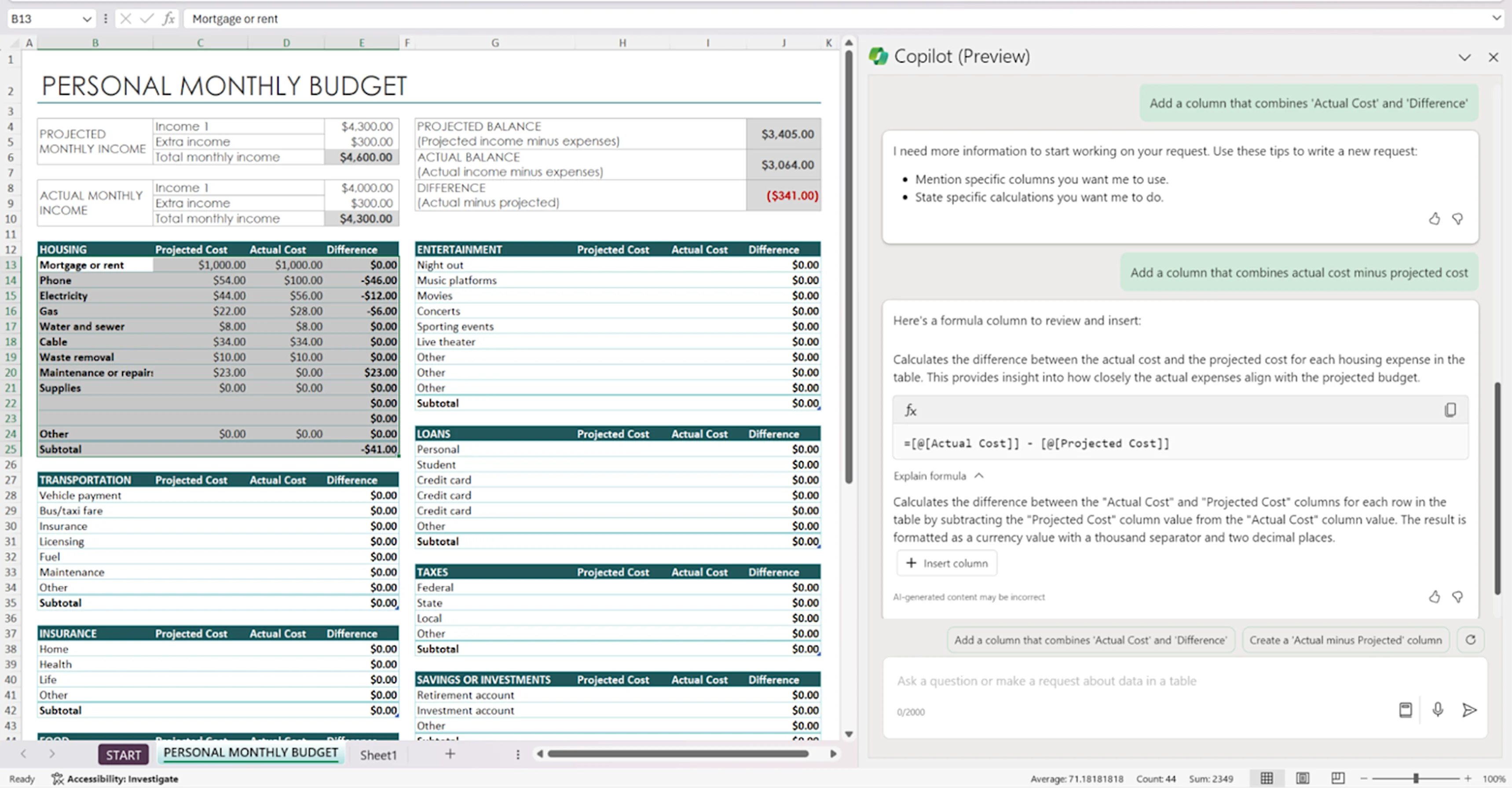
Microsoft rolled out AI features first inside the Edge and later rolled out to Microsoft apps.
Copilot is genuinely a game-changer for drafting documents in Word, doing data analysis on Excel, or helping you with creating stellar PowerPoint presentations, or asking the copilot to write content for you. It doesn't help you with text generation, but it can also generate images.
That's what makes this AI chatbot different from others.
Pricing: Microsoft Copilot is available for a free version, while its pro version costs around $20/user/month.
DigiLawyer created an AI legal assistant that provides answers to queries in any language.
This chatbot makes things easy by breaking down complex terms into easy-to-understand language, provides step-by-step guidance on how to solve legal problems, or even recommends appropriate authorities.
Pricing: This legal AI chatbot is free to use and you can have up to 5 conversations/day.
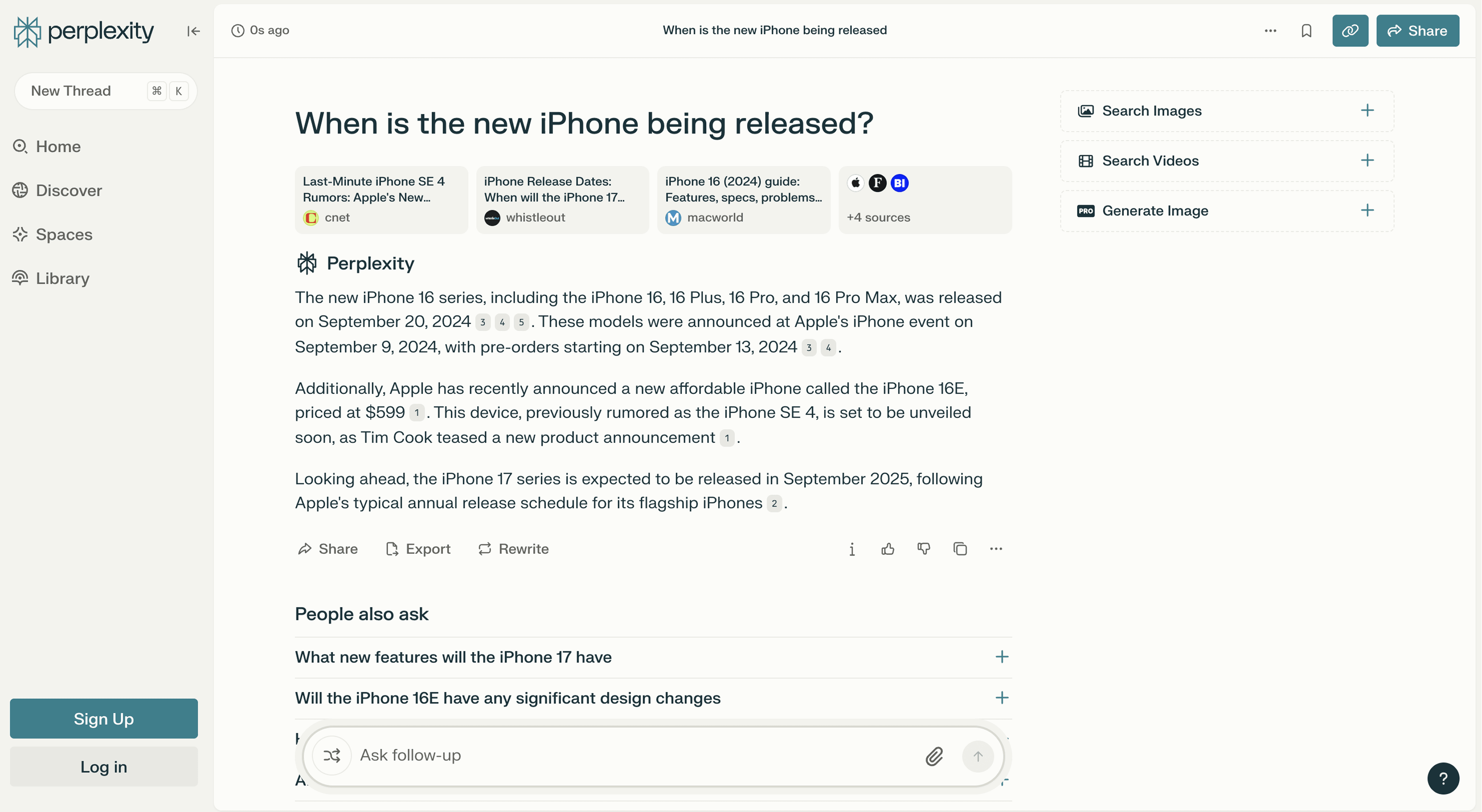
Perplexity is another AI-powered conversational chatbot used for doing longer searches. Best part? This AI tool will not just throw a bunch of information, but rather, it will mention the exact sources from which it took the information.
When you visit the perplexity.ai website, the chatbot will ask you to “asking anything”.
Through the related prompts, Perplexity provides a feel to the user that the conversation keeps flowing.
Currently, Perplexity offers 2 options to help you ease your research process – quick search for immediate answers and pro search for more detailed explanations.
Pricing: Perplexity free plan allows you to do unlimited concise searches, such as 3 pro queries/day, 3 deep research queries and get answers from 5 files. Its pro plan costs $20/month, and its paid plan (Max) is available at $40/month per seat.
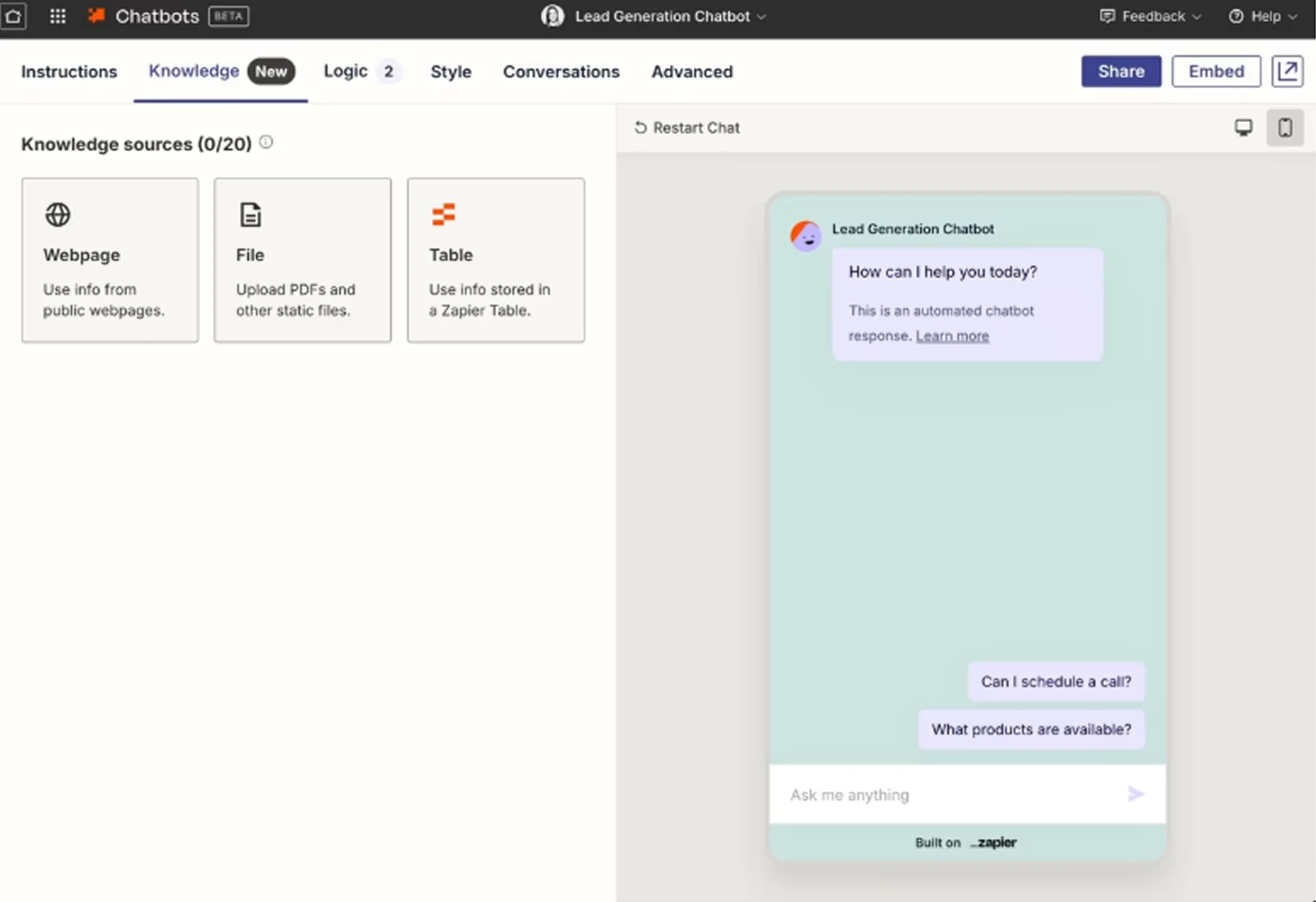
Zapier allows businesses to build a chatbot that will perform workflows depending on certain conditions or actions. Training a chatbot is super easy by uploading information from other websites, help centers, and that's how it's easy for the bot to understand your business in just minutes.
Chatbot creation is not so hard, as it takes a few prompts to create a custom chatbot as per your business needs. Once the chatbot is ready, you can share the URL of the same or integrate it on your website for lead generation and customer support.
Pricing: Zapier offers a free option for trying out their automated chatbots. However, if you want to access advanced features such as integration and custom branding, then you can subscribe to the pro and advanced plan.
Just like ChatGPT, Grok is an AI assistant /chatbot that xAI developed. This AI assistant can conversationally talk to users; help you write emails, generate images, and help you with coding. Unlike other chatbots, Grok can answer to spicy and most conversational prompts.
You can access Grok AI through X, the mobile app, and grok.com.
Pricing: Grok is free to use, but its paid version costs around $7 per month.
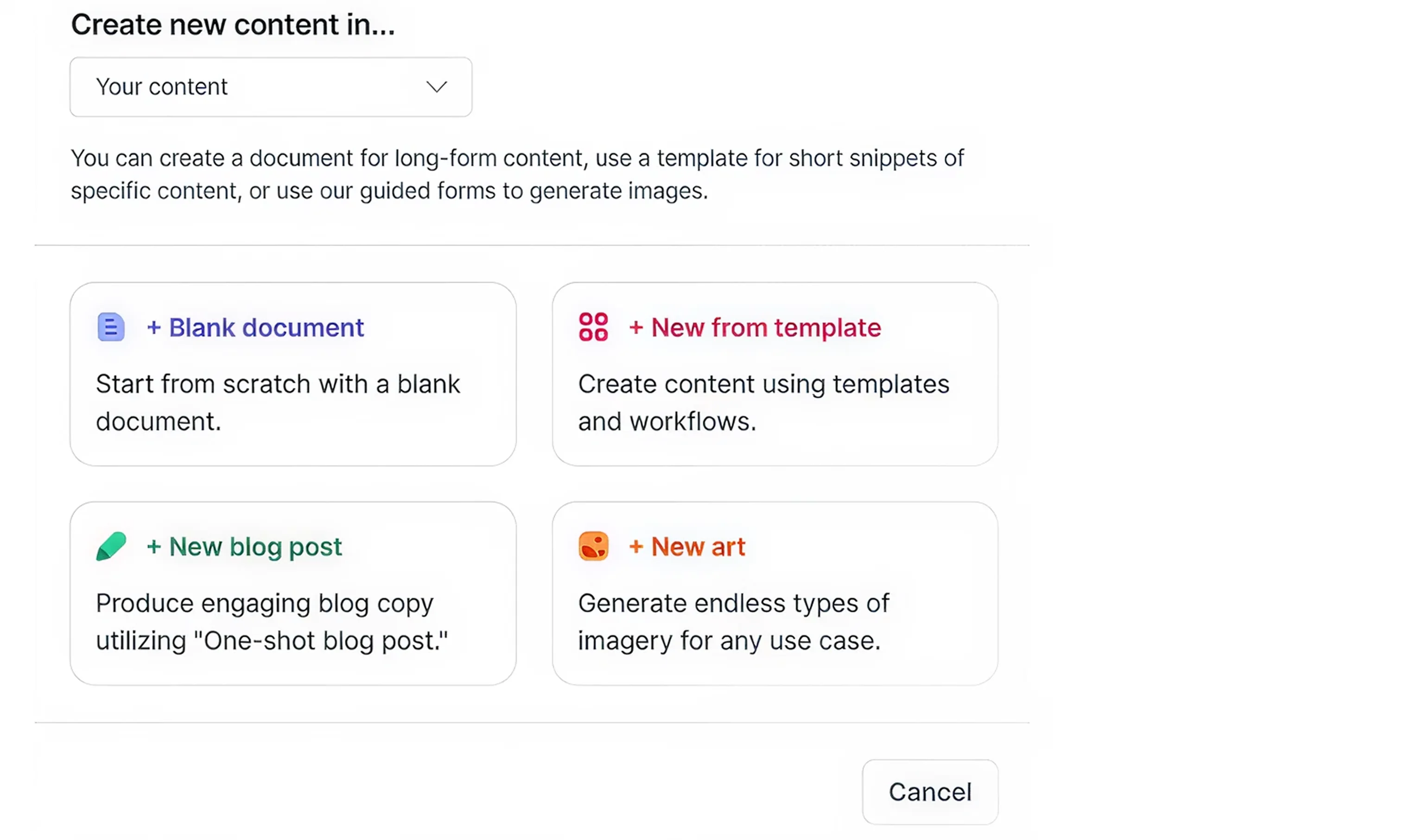
Jasper Chat is a powerful AI chat platform and considered the best writing tool. It works similarly to ChatGPT, wherein the user enters the prompt or query, and the AI chatbot responds.
Unlike ChatGPT, Jasper Chat leverages NLP capabilities to generate human-like responses. This AI chatbot is specifically designed to help marketing teams and agencies write better marketing material and ad copy.
This ChatGPT like alternative provides you with the functionality to enhance your prompting game. Its prompt library covers 500 prompts for each user. Simply copy and paste those prompts into your Jasper chat and get the response.
Best part? Whether you need help creating a blog post or starting with a Twitter thread, Jasper can write in over 50 templates.
Its user-friendly interface makes this AI chatbot a good fit for businesses that want to scale their content production.
Pricing: Jasper Chat is free for users for up to 5 days; however, users can purchase the premium plans that cost $49 per month and $59 per month to explore Jasper chat features.
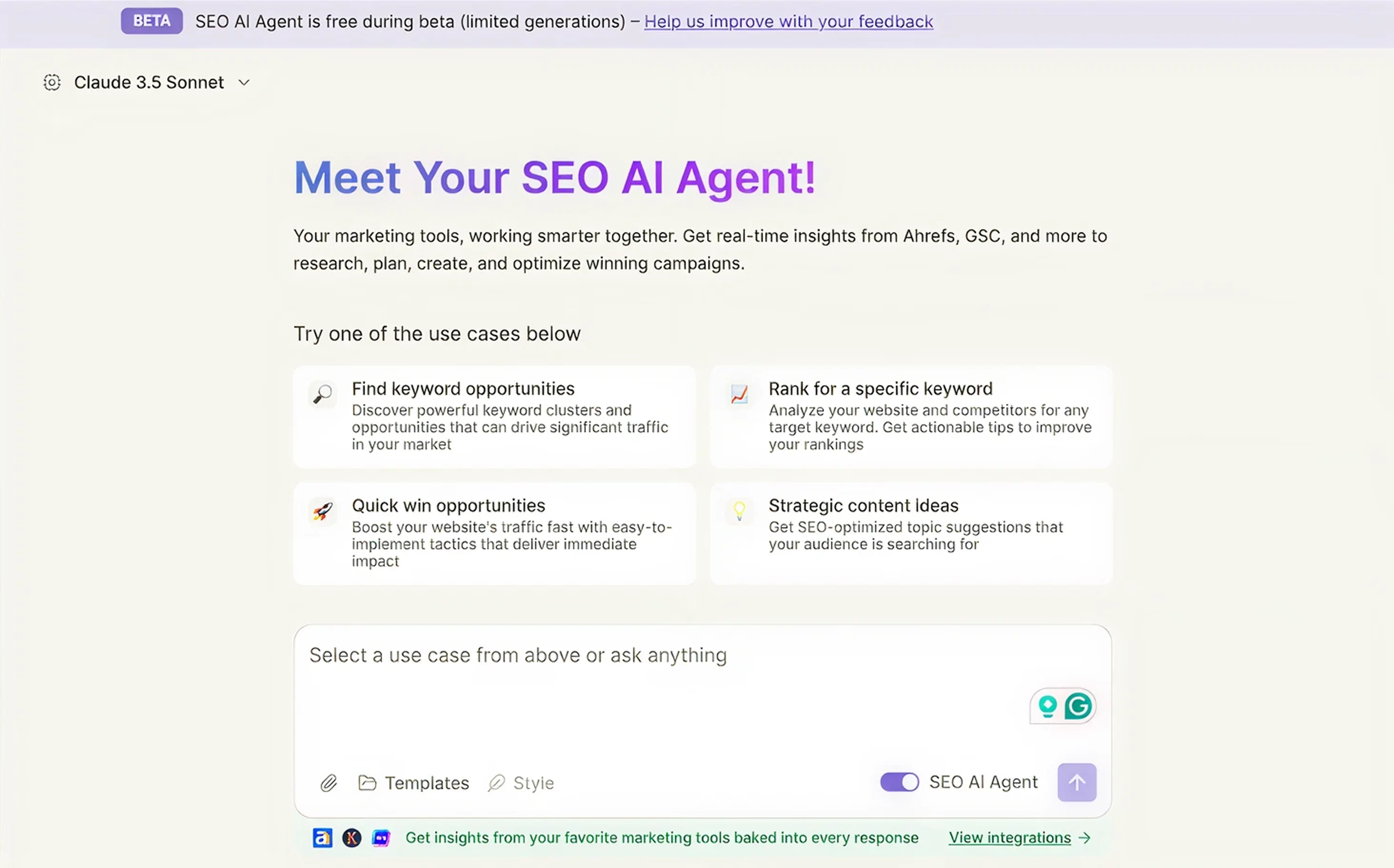
WriteSonic offers tools for writers, students, and professionals to help them write high-quality documents. Whatever takes 2 weeks for the marketing team to write an SEO optimized blog can now be done by ChatSonic in a few minutes through the AI agent and AI content agent.
This AI-powered chat assistant can help you with market research, competitor research, and generating detailed reports.
Beyond content generation, ChatSonic excels in tweaking content and ensuring that it aligns with the target audience.
Best part? ChatSonic is available on Android and iOS. It does have a Chrome extension that you can use on the web.
Pricing: You can interact with the chatbot for $0, and it does come with a paid plan, which costs $16/month. This paid plan provides unlimited access to AI models and takes your content marketing to the next level.
Here's how you can select the best AI chatbot for your business needs -
You might have experienced this situation often wherein the traditional call centers are not capable enough, and the customer support representatives are tired of answering dozens of questions. Then, you need to leverage automated solutions and consider integrating chatbots on your website to provide a seamless customer experience.
To do that, you need to speak with the customer support representatives to understand their struggles. Try to understand what things can be automated.
Before selecting the chatbot solution, you must clearly understand the platforms (website, social media, mobile apps) you will use to provide customer support. If you are going for omnichannel support, you must decide which platforms to integrate into the chatbot.
When considering investing in a chatbot solution, you need to understand whether the chatbot can understand customer queries.
Additionally, many companies are providing AI chatbot solutions that can respond to customer queries using NLP capabilities. So, you need to make sure that the chatbot platform provides NLP training or not.
You found that some chatbots can multitask while others deliver responses that sound almost like a human.
But there is no best AI chatbot; it all depends on the use case of your business.
As an AI chatbot development company, we create custom bots that can handle thousands of interactions and can increase your revenue by 10x. Being in the chatbot development industry for over 15 years, we create NLP/NLU-powered bots that can scale as per your business needs.
Recently, we helped hospitality client who needed help automating their operations on the web and WhatsApp. They wanted to provide fast responses to guests who needed information regarding hotel stays, in-room dining, and food orders.
How did we help? We developed an NLU-powered bot and trained it using the GPT-3 engine so that the bot can understand the intent of the conversation. This AI chatbot was integrated on WhatsApp to solve user queries related to booking.
Result? Customer satisfaction improved by 90% and waiting times reduced by 70%.
”There is no such powerful AI chatbot. However, some popular chatbots have been used by businesses, including ChatGPT, Bard, Jasper chat, Chatspot.ai, Drift, etc. The most powerful chatbot can be among any of these if it matches your business goals and meets customer expectations.
As you know, AI chatbots can provide relevant responses based on users’ prompts. So, it might be possible that the chatbot can be misused by doing prompt injections.
The AI chatbots can be used for malicious attacks and automate the attacks by sending phishing emails.
Chatbots lack the personal touch in solving customer queries, despite being programmed to provide specific responses to users. Moreover, they can inadvertently share sensitive customer information as they are trained on large datasets.
Users can develop chatbots using various chatbot builder platforms that offer easy-to-use interface templates, pre-built templates, and integrations with other platforms. To develop a chatbot, one needs a conversational database for training and a chatbot development platform.
Some chatbots can operate without using AI. Rule-based chatbots, popularly known as simple chatbots, receive training based on a predetermined set of rules to deliver specific responses to users. However, these chatbots do not possess the advanced capabilities of AI-powered chatbots.
Chatbots are more suitable for handling simple conversations like booking an order or tracking a status. While they can follow predefined rules and patterns, they don't have access to vast amounts of data.
But large language models are good to use for handling complex conversations. LLMs keep on evolving and are trained on large amounts of data to provide detailed responses. They can understand the context of the conversation.
In terms of cost, chatbots are more cost-effective than large language models.